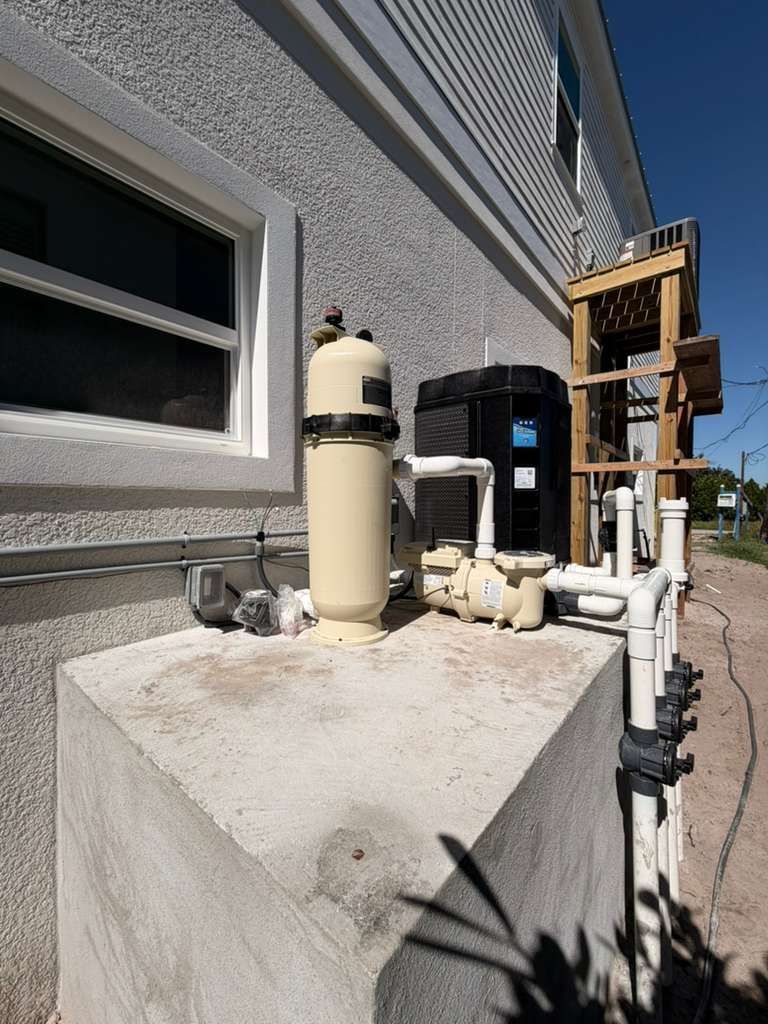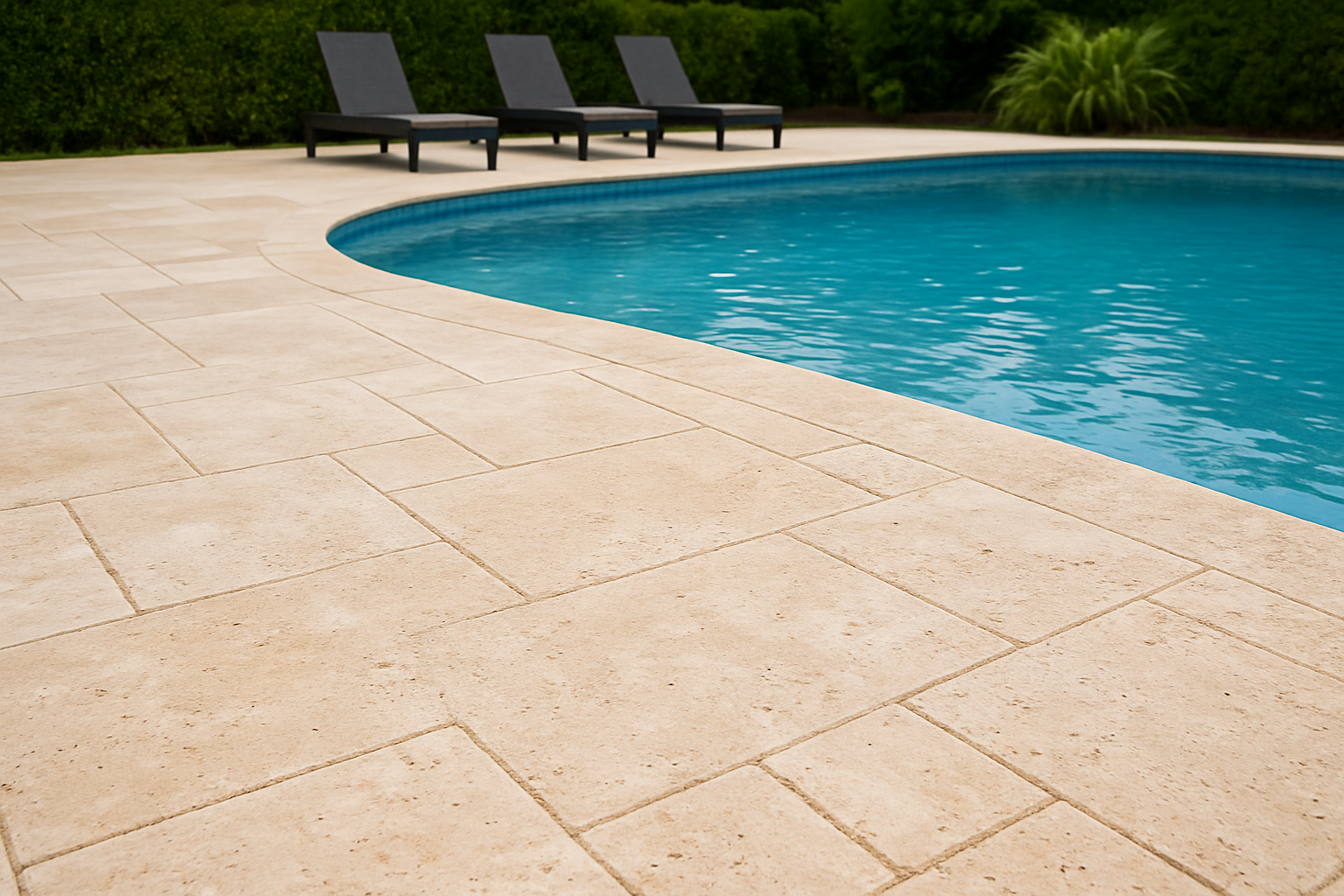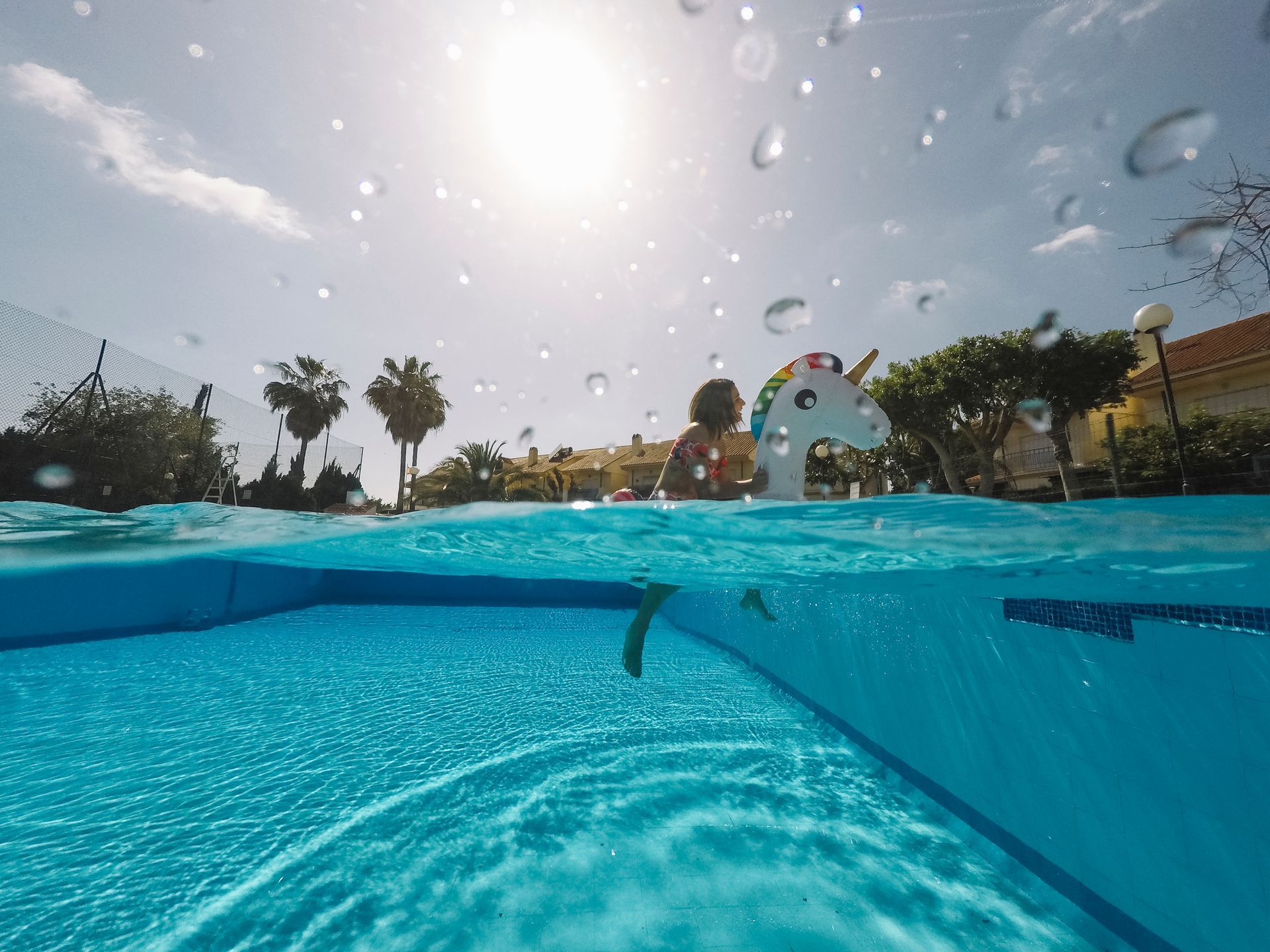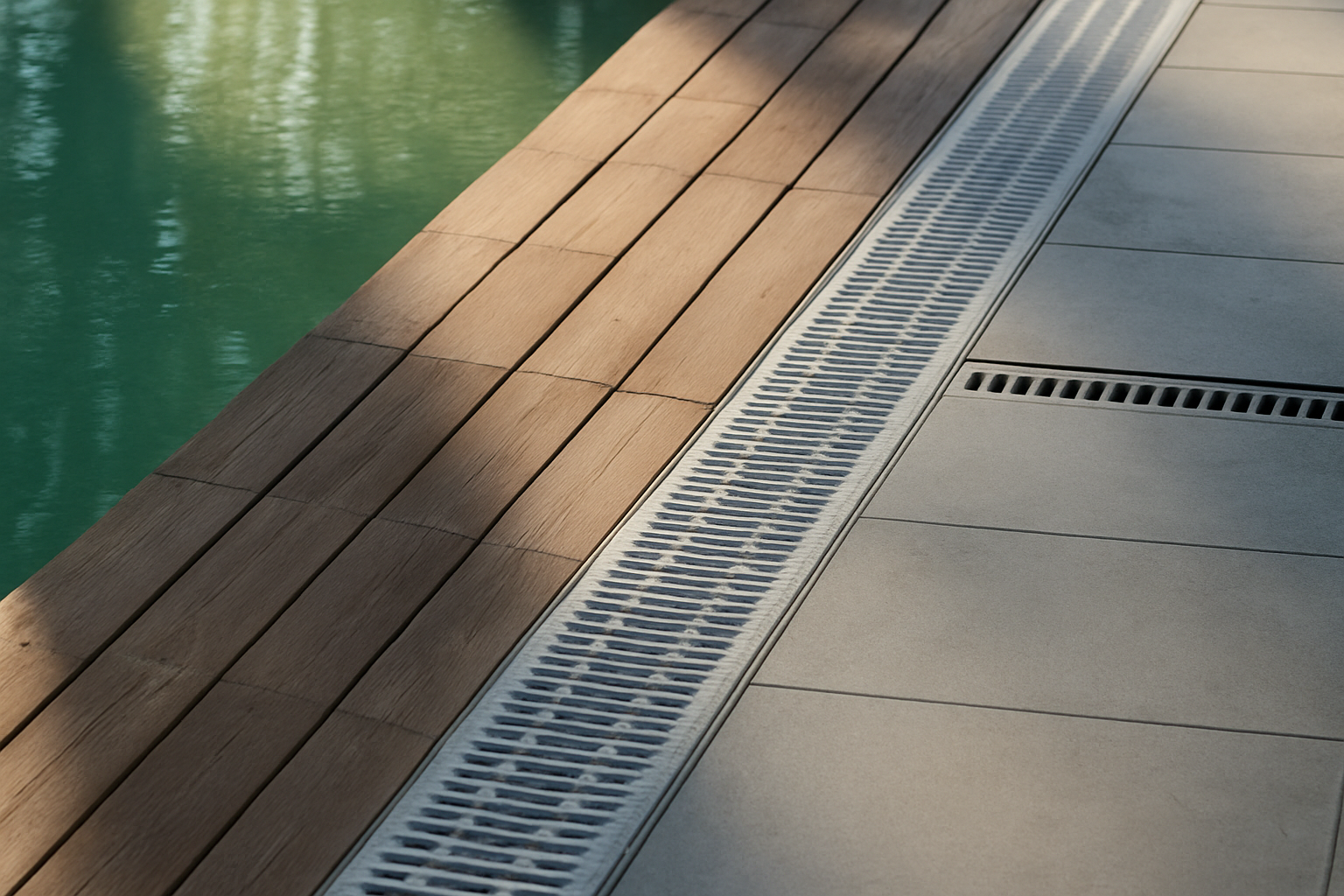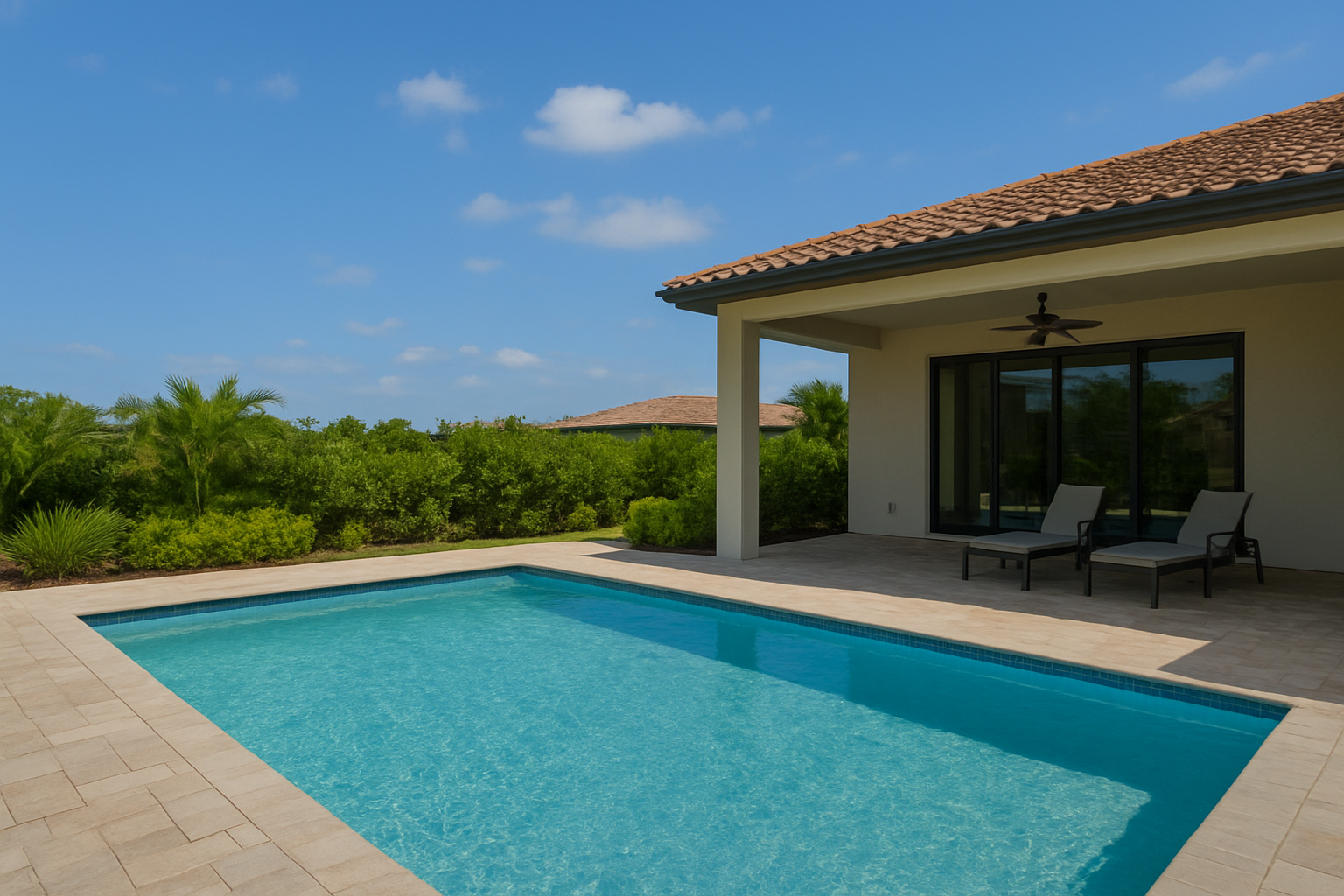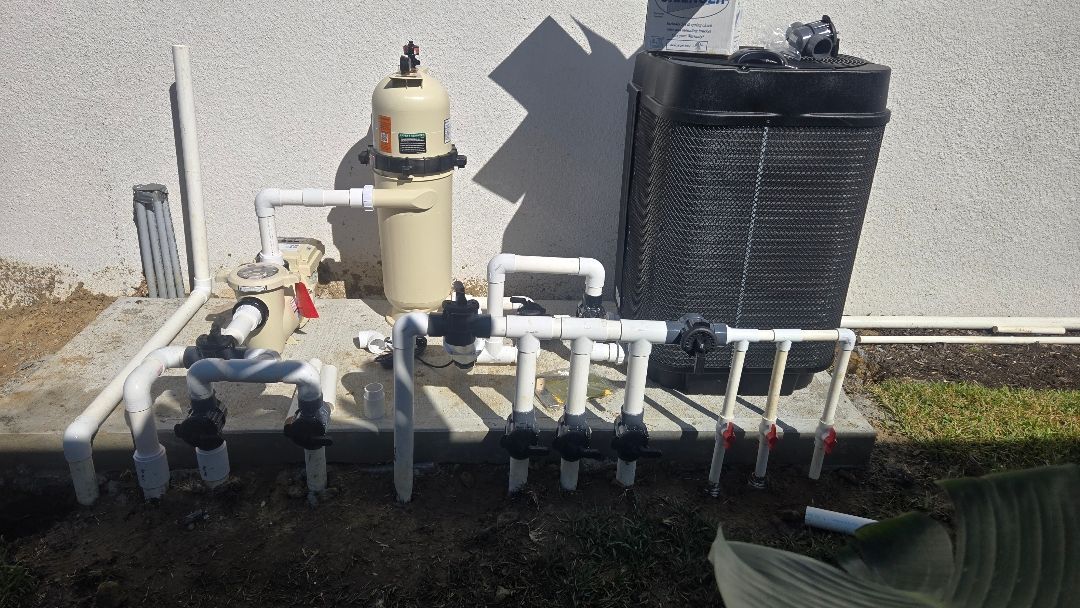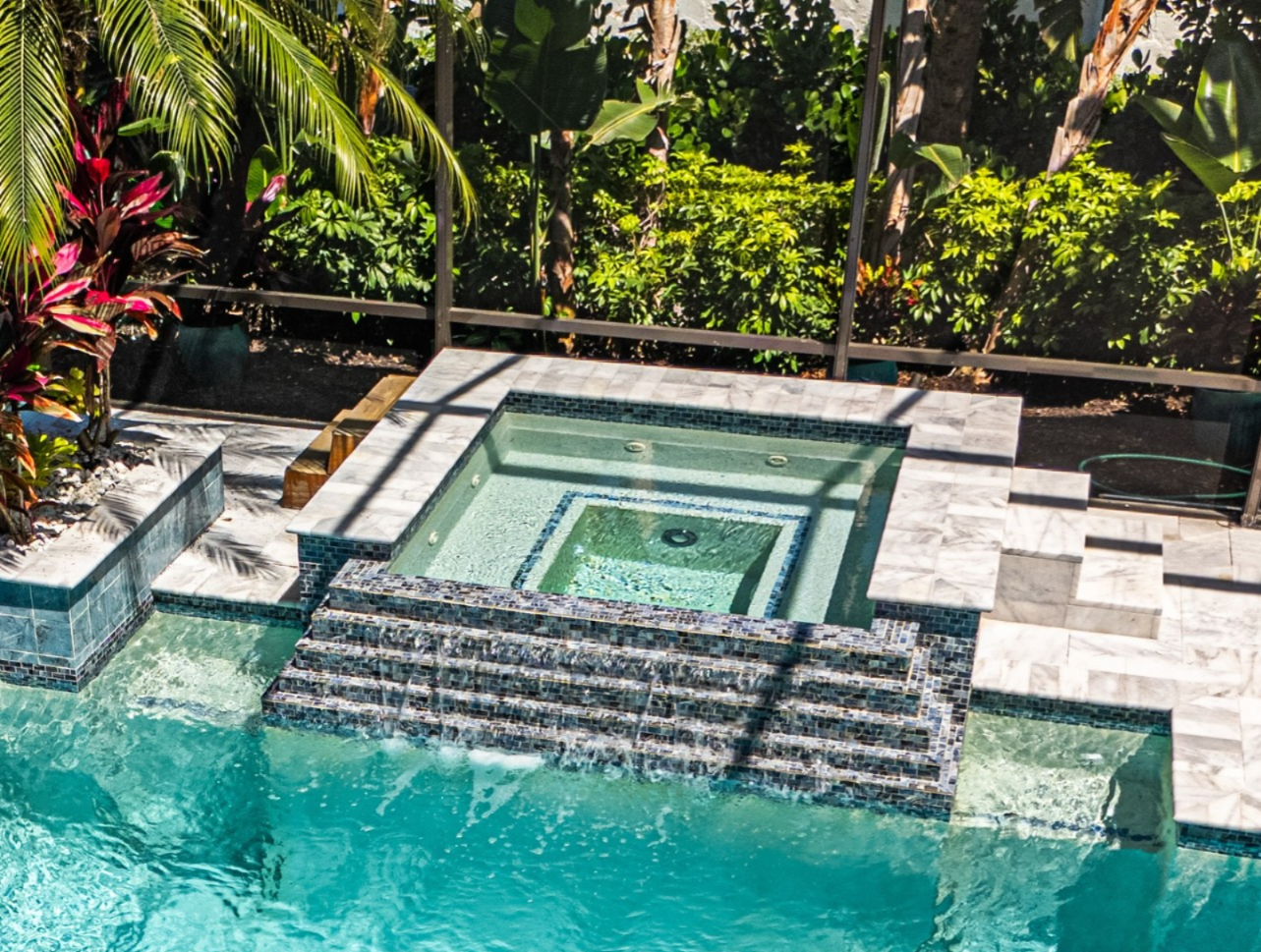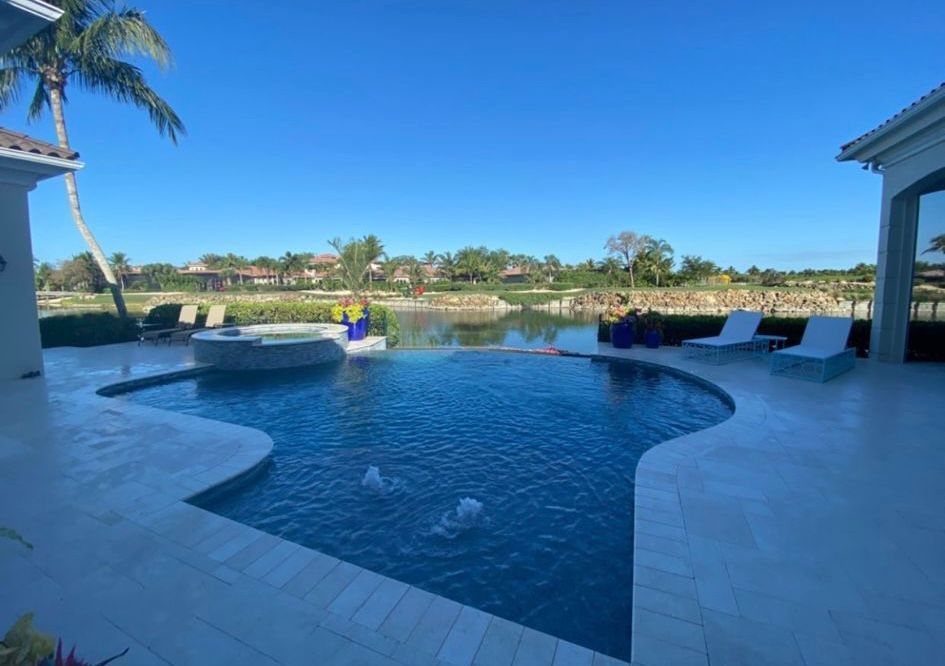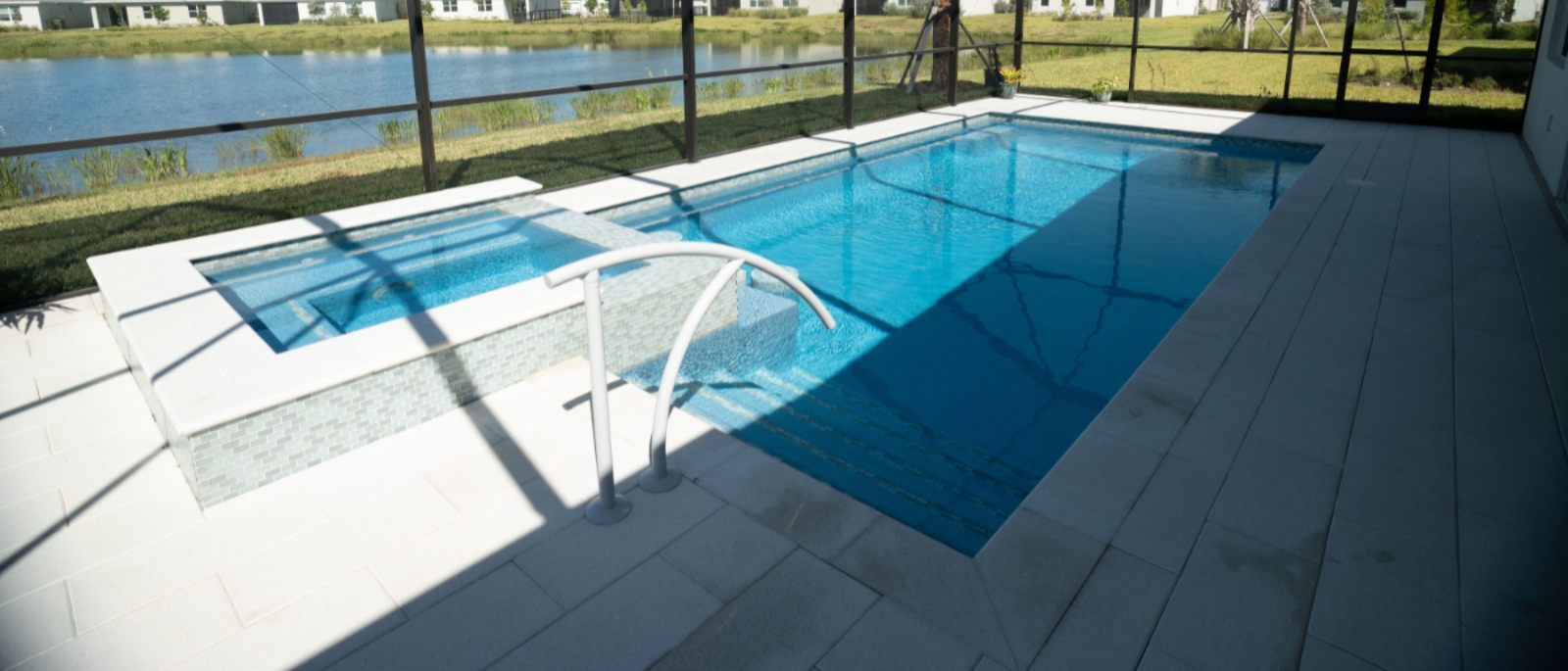EXPLORE THE ADVANTAGES OF INCORPORATING A COLD PLUNGE INTO YOUR POOL DESIGN
The cold plunge tubs or pools are now a mainstream trend among health-conscious individuals seeking to unlock a wide range of physical and mental benefits. As homeowners, the integration of a cold plunge pool into the backyard pool area has become a sought-after feature.
The rise in popularity of cold plunge pools can be attributed to the growing awareness of their potential benefits. Cold water immersion has been practiced for centuries, with roots in ancient cultures and traditional healing modalities. From improved circulation and reduced inflammation to enhanced muscle recovery and stress reduction, the cold plunge offers a compelling proposition for those seeking to optimize their overall well-being.
The convenience of having a dedicated cold plunge area within the comfort of one's own outdoor living space can make it easier to integrate this practice into a routine. Furthermore, the aesthetic and functional integration of the cold plunge with the larger pool area can create a visually appealing backyard oasis that invites to relaxation and rejuvenation.
What is a Cold Plunge Pool?
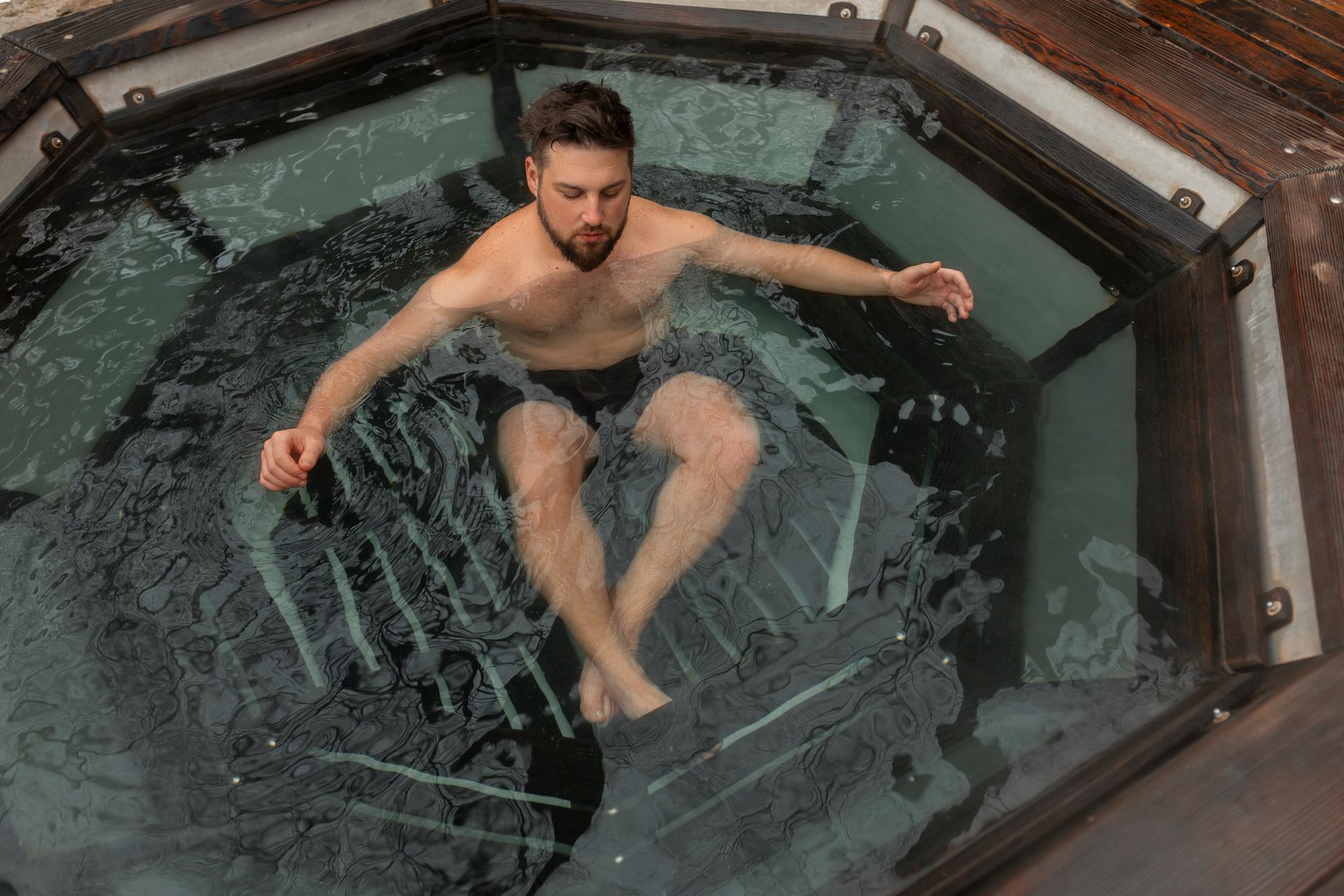
A cold plunge is a pool or tub designed to be filled with chilled water, ranging in temperature from 50°F to 60°F (10°C to 15°C). The primary purpose of a cold plunge is to unlock a variety of physical and mental health benefits.
Key Characteristics of a Cold Plunge Pool
Temperature: The water temperature is at a much lower range than a typical pool, often between 50-60°F (10-15°C). This cool temperature is a crucial component in stimulating the body's natural responses and triggering the desired physiological effects.
Size: Cold plunge pools are generally smaller. They are designed to accommodate a single user for a more intimate and focused experience.
Purpose: A cold plunge pool is specifically intended for short and deliberate immersion sessions. The goal is to harness the potential benefits of controlled cold exposure, rather than prolonged swimming or relaxation.
The Benefits of Cold Plunge Pools
Improved Circulation and Reduced Inflammation
One of the benefits of cold plunge pools is their ability to improve blood circulation. The sudden exposure to cold water causes the blood vessels to constrict, which then triggers a rebound vasodilation effect as the body attempts to regulate its temperature. This increased blood flow can help deliver more oxygen and nutrients to the body's tissues, while also reducing inflammation by flushing out metabolic waste products.
Enhanced Muscle Recovery
For active individuals, the cold plunge can be a valuable tool in the recovery process. The cold water exposure has been shown to help with the muscle soreness and aid in the recovery of damaged muscle fibers. By reducing inflammation and promoting blood flow, cold plunge pools can help accelerate the body's natural healing mechanisms.
Boosted Immune System and Stress Reduction
Regular cold plunge sessions may also contribute to a stronger immune system. The brief cold stress triggers the body's sympathetic nervous system, leading to the release of endorphins and the activation of the immune system. This can help fortify the body's defenses against illness and infection. Cold plunge's reduce stress and anxiety, having a positive impact on overall well-being.
Potential Anti-Aging and Cognitive Benefits
The cold exposure has been linked to increased production of brown fat, which can help regulate body temperature and metabolism. Additionally, the release of norepinephrine and other neurotransmitters during a cold plunge may enhance brain function, potentially improving focus, memory, and overall cognitive performance.
Incorporating Cold Plunge Pools into Pool Design

When it comes to incorporating a cold plunge pool into a backyard pool area, there are several key factors to take into account.
Optimal Size and Shape
Cold plunge pools are smaller than a traditional swimming pool. This compact size allows for a more targeted and immersive cold water experience. The shape can vary, with common options including rectangular, circular, or even custom-designed configurations to fit the unique layout of the backyard.
Complementary Features
To enhance the experience of the cold plunge pool, consider incorporating complementary features into the overall pool design. This may include:
- Heated pool: A heated swimming pool adjacent to the cold plunge can provide a comfortable warm-water experience to balance out the cold exposure.
- Sauna or steam room: Incorporating a sauna or steam room allows users to cycle between hot and cold environments, a practice known as "contrast therapy."
- Lounging areas: Strategically placed relaxation zones around the cold plunge can create a comfortable and inviting space for pre- or post-plunge relaxation.
- Outdoor shower: Placing an outdoor shower near the cold plunge can make the transition in and out of the chilled water more convenient.
Maintenance and Operation
Unlike a traditional swimming pool, which requires a broader range of water treatment and temperature control, the cold plunge pool's primary focus is on ensuring the water remains within the desired temperature range.
Optimal Water Temperature
Keeping the water temperature in the 50°F to 60°F (10°C to 15°C) range is essential for the cold plunge experience. This requires a carefully designed and efficient cooling system, as well as ongoing monitoring and adjustments to maintain the target temperature.
Advanced cooling technologies, such as chiller units or dedicated cold plunge chillers, can be integrated into the pool's mechanical system to provide precise temperature control. These systems work by circulating the water through a refrigeration unit, which extracts heat from the water and dissipates it, effectively lowering the overall temperature.
Water Chemistry
While the water chemistry requirements for a cold plunge pool are generally less stringent than a traditional swimming pool, it's still essential to maintain proper water balance and sanitization. Regular testing and adjustments to factors like pH, alkalinity, and chlorine or bromine levels can help prevent the growth of algae or bacteria and ensure a safe user experience. Here are some recommendations:
- Use a pool skimmer to remove any debris
- Use a cold plunge tub cover to maintain the water temperature
- Regular filter maintenance
- Check water pH levels at least once a week to ensure they remain between 7.2 and 7.8.
- Alkalinity levels help keep pH levels within the correct range. The ideal alkalinity levels in the cold plunge water are between 80 and 120 ppm.
- Calcium hardness levels should be between 180 and 220 ppm.
Energy-Efficient Solutions
Maintaining a cold plunge pool can be energy-intensive, as the cooling system must work continuously to keep the water at the desired temperature. To optimize energy efficiency and reduce costs, consider incorporating the following solutions:
- Ensure the cold plunge pool and associated piping are well-insulated to minimize heat transfer and maintain the target temperature with less energy input.
- Explore options to capture and reuse the heat expelled from the cooling system, such as diverting it to heat the main pool or other outdoor living spaces.
- Integrate solar panels or other renewable energy sources to power the cold plunge's cooling system, reducing the reliance on grid electricity.
At Gold Standard Pools, we understand the growing demand for wellness-focused outdoor living spaces that integrates innovative features like cold plunge pools. If you're looking to build a custom backyard oasis we can guide you through the design process, ensuring the cold plunge pool is optimally positioned and integrated with complementary features. Our expertise in pool construction, water chemistry management, and energy-efficient solutions will help you create a cold plunge pool that not only looks stunning but also functions at the highest level of efficiency and performance.
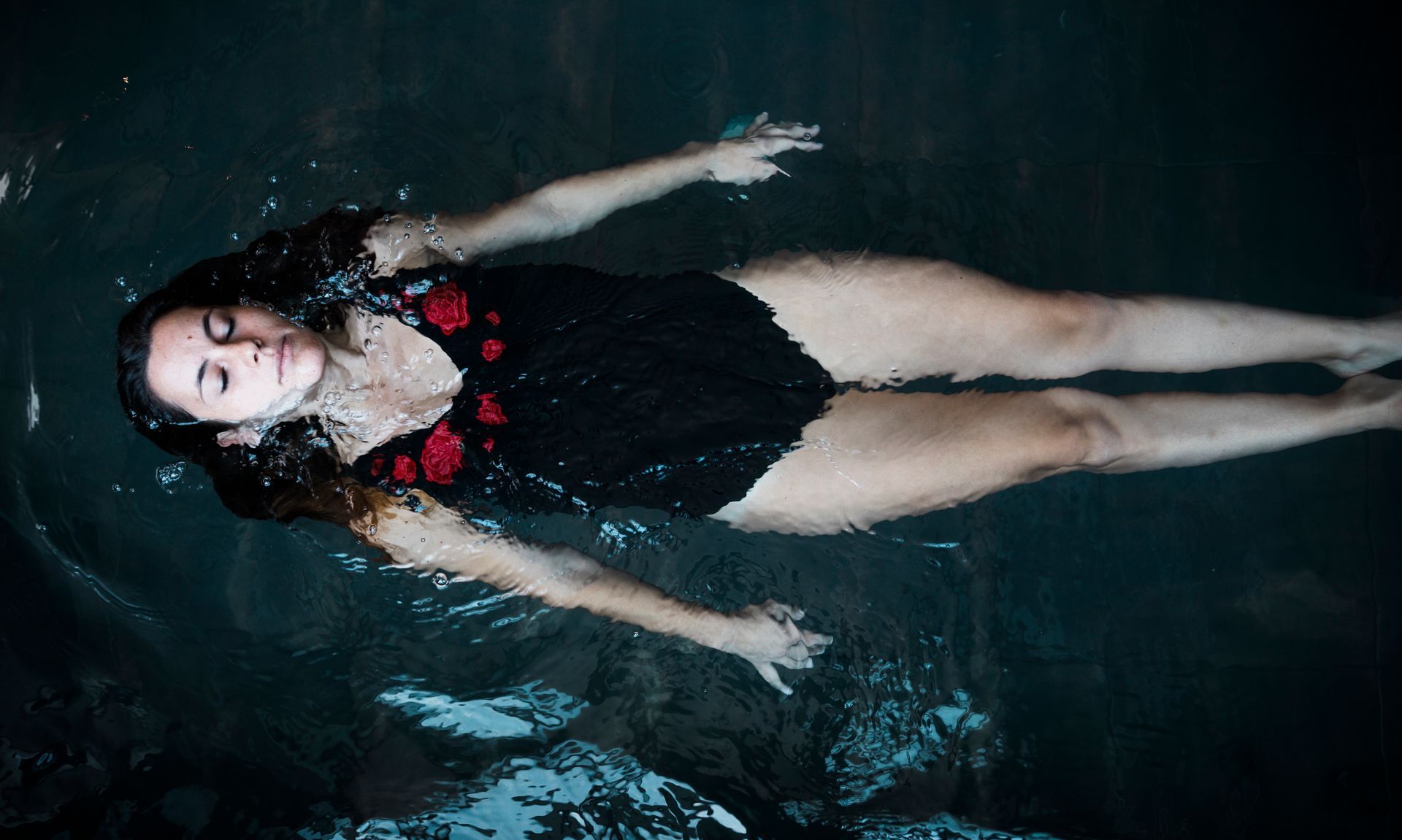
If you're ready to take the plunge and explore the benefits of a cold plunge pool for your backyard, CONTACT US today. Schedule a consultation with our team, and let us help you unlock the full potential of your outdoor living space.



